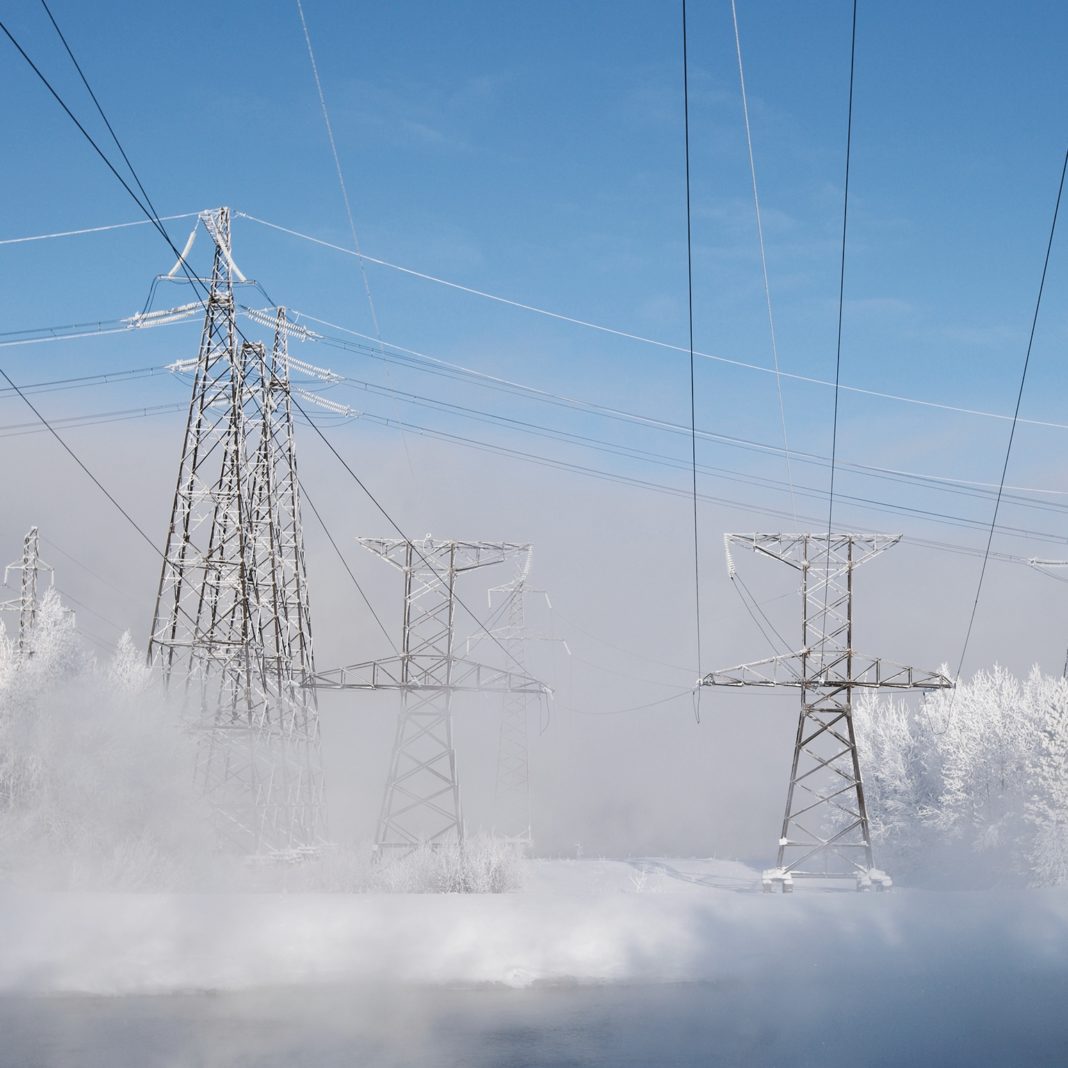Extreme weather events are taking a toll on electric grids. Modeling climate-change resilience can provide valuable insights when and where they’re needed most.
Over the past year, events such as the rolling blackouts in Texas and cold-weather demand surges across Western Europe show that the effects of extreme weather and events caused by climate change pose imminent threats to electric grids. Grids often go down when people need them most, whether during polar vortices, once-in-a-century storms, extreme temperature changes, or wildfires. As a result, grid operators across the world face the urgent task of weatherizing energy-transmission and distribution systems.
Improving the stability of today’s electric grids requires careful planning by stakeholders across the value chain. Regulations related to resilience are changing to meet new and evolving challenges. Therefore, chief technical officers (CTOs) and asset managers of both transmission-system operators (TSOs) and distribution-system operators (DSOs) are responding with plans of their own, optimally taking structured, methodological approaches to implementing resilience strategies.
That said, many operators lack accurate ways of measuring and quantifying the risk of extreme weather events. Our research shows that climate risk and resilience modeling can provide operators […]

